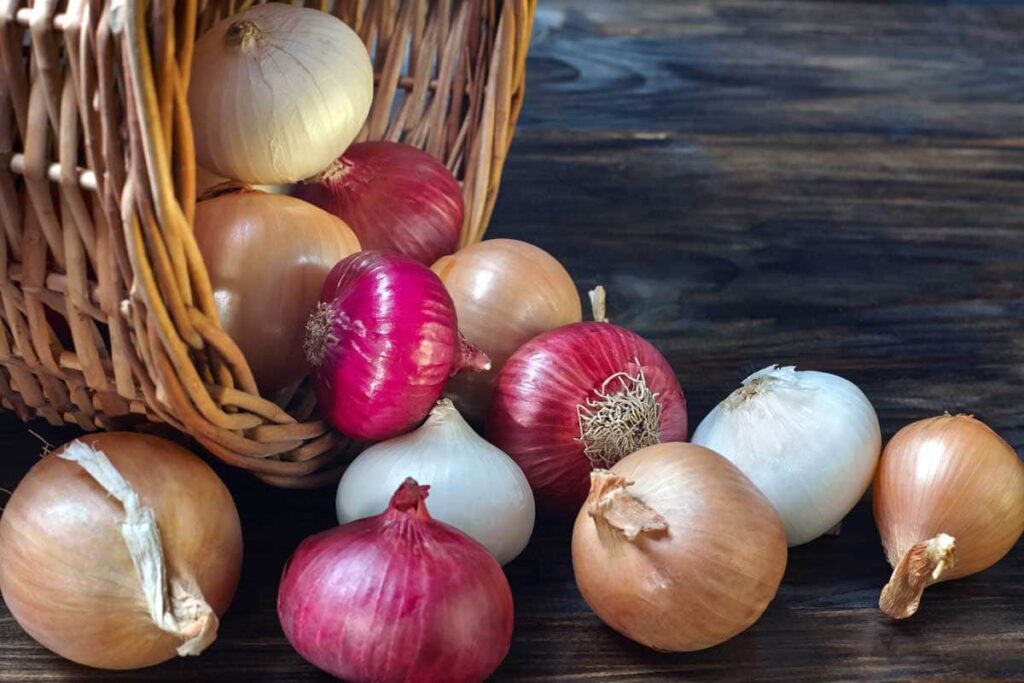
Are you in need of in-depth knowledge on onion and garlic production? If yes, we are a call away. Contact us for: Onion seedlings, Garlic seedlings, Germinated garlic cloves, Farm planning services, Soil testing, training on onion and garlic growing, Drip irrigation installation and maintenance, Agronomic support, Onion and Garlic value pack and Farm management. For free consultation, placing orders or booking a visit with an agronomist, please contact us via Call or what’s app +254703982228, Email: Info@oniondoctor.co.ke. You can also check out our social media handles for daily updates on TikTok: https://www.tiktok.com/@oniondoctorke?_t=ZM-8wmsTu0qumO&_r=1 Instagram: https://www.instagram.com/oniondoctorke?igsh=MTVoaHF3aWUydTJzaQ==Facebook:https://www.facebook.com/share/16SwgYn2dG/ Youtube:https://youtube.com/@oniondoctorke?si=u5Jnd-r0qU9UDYqL and Twitter: https://x.com/OnionDoctorKe?t=FR3JXlS_oN1vjjUgAtfyzg&s=09 Onion Farming a lucrative venture, with bulb onions and spring onions being the two major types grown. Areas such as Mai Mahiu are best suited for onion cultivation due to their favorable climate and soil conditions.
Bulb Onions: A Profitable Choice for Farmers
Bulb onions are highly popular in Kenya because of their long shelf life and sweet taste. They take 3 to 4 months to mature, making them ideal for short rains, as they can be harvested between January and February. During this period, the supply of onions from Tanzania is low, allowing local farmers to benefit from high demand and favorable prices. After the long rains in March, onion prices typically rise, providing an excellent opportunity for farmers who harvest later to maximize their profits.
Currently, there are two varieties of bulb onions in the Kenyan market:
- Small, thin, firmly layered onions with a strong pungent aroma, commonly imported from Tanzania.
- Large, loosely held onions grown locally in Kenya.
Spring Onions: Easy to Grow and Nutrient-Rich
Spring onions are perfect for small-scale farming, even in kitchen gardens. They are widely used in salads and soups and offer numerous health benefits, such as lowering blood sugar, blood pressure, and cholesterol levels.
Optimal Conditions for Onion Farming
For the best results, onions require:
- Soil: Well-drained, fertile, sandy loam with a pH of 5.8 to 6.8.
- Temperature: Ideal growing temperatures are between 13°C and 35°C.
- Watering: Drip irrigation is recommended to prevent fungal diseases caused by overhead irrigation.
To maximize production in hot regions like Ukambani and the Coast, farmers can use greenhouses and drip irrigation to maintain optimal temperatures and water supply.
Farming Requirements
- Seedlings: 2 kg of seedlings is sufficient for 1 acre.
- Fertilizer: Apply 20 grams of DAP fertilizer per square meter.
- Seed Varieties: Popular hybrid varieties include Red Coach F1 and Malbec F1, with Red Coach F1 being the most preferred due to its high yield and marketable size.
Challenges in Onion Farming
- Rains or Overwatering: Excess water can cause waterlogging. Raised beds and proper irrigation practices can mitigate this issue.
- Diseases: Common diseases include Downy Mildew, Bacterial Soft Rot, and Botrytis.
- Pests: Watch out for maggots, thrips, nematodes, and leaf miners.
- Weeds: Weed regularly, especially 10–14 days after transplanting, to maintain crop health.
Harvesting and Post-Harvest Handling
- Bulb Onions: Ready for harvesting when the foliage withers or bulbs form a shiny cover.
- Spring Onions: Harvest when they are 15 cm tall and 1.5 cm thick.
After harvesting, dry the bulbs in the sun before storage to prevent spoilage.
Onion Doctor: Empowering Farmers Across Africa
Onion Doctor supports smallholder farmers with affordable and high-quality onion and garlic seedlings, farm planning services, soil testing, drip irrigation systems, agronomic support, and e-extension services. With tailored solutions and on-farm training, farmers can maximize their yields and profits.
Why Choose Onion Doctor?
- High-quality onion and garlic seedlings.
- Expert agronomic advice and farm management support.
- Drip irrigation installation and maintenance for efficient water use.
- Soil testing and farm planning for optimized yields.
Start your onion farming journey with Onion Doctor and enjoy increased productivity and profitability!